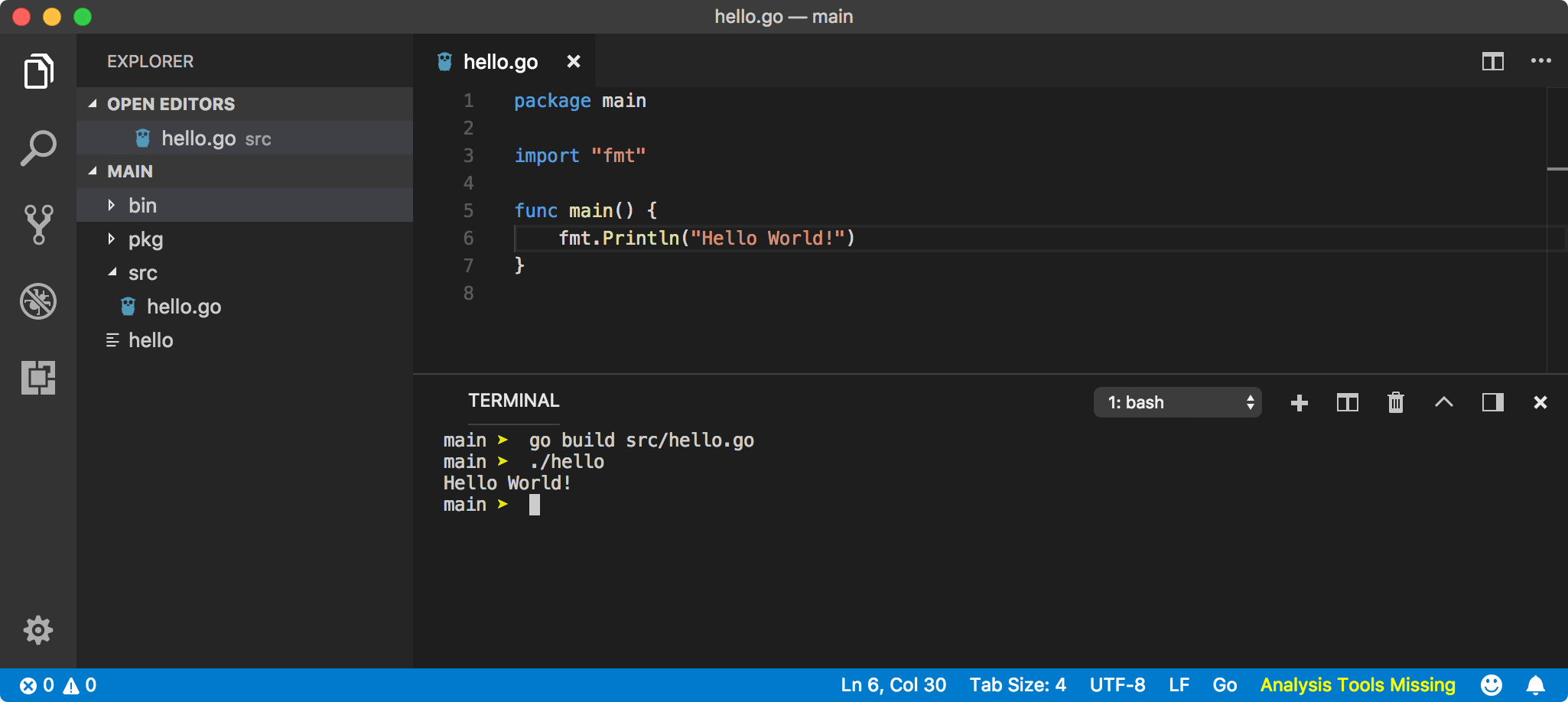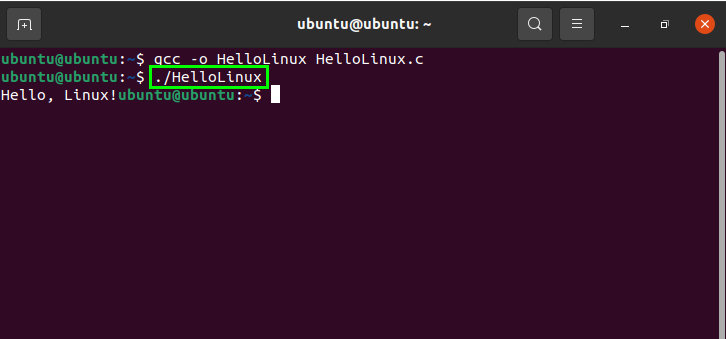

#MAKE A C FILE RUN OPEN IN TERMINAL PASSWORD#
The value for $HOME, $USER, $SHELL, $PATH, $LOGNAME, and $MAIL are setĬording to the appropriate fields in the password entry. Find the input files directory in the testalldatatypes folder and copy all of its. P.P.S $SHELL probably will be the same as last section in /etc/passwd in line with your user. (read will wait for you to press Enter, sleep will just wait 5 seconds) If you just want not to close your terminal, you can do Exec=sh -c 'echo hello read'

If you will not add some command that waits for you to exit, a terminal emulator will just run your program and exit. First, it runs echo helloĪnd then, after the execution of this command, launches $SHELL.
#MAKE A C FILE RUN OPEN IN TERMINAL FULL#
In the above command, if you don’t mention full file path, chmod will look for file. Here is an example to make /home/ubuntu/test.sh file executable. The make command doesnt run your program it creates an executable that you can then run. The simplest way to make a file executable is to open terminal and run the chmod command with +x option, followed by your file path. Navigate to the folder or file you want to open (. make with no arguments uses a default target specified in the Makefile in your case its probably the same as make test. On windows, open a Command Prompt window, on MacOS, open a terminal window. make test should compile test.c to create test.


 0 kommentar(er)
0 kommentar(er)
